
CAMTraST offers services to U-M, academia, and industry.
CAMTraST provides transgenic animal model production services to researchers within the U-M system, in other academic institutes, and those in pharmaceutical and biotech companies. Our specialized species are rabbits and pigs. We are also working to develop capacity in other large animal species.
Currently we offer conventional transgenic (random insertion), gene knockout and gene knockin in both pigs and rabbits. The typical turnover time is 3 to 6 months for transgenic rabbit production, and 9 to 15 months for transgenic pig production (as confirmed by genotyping of F0 animals).

It takes 3 to 6 months to generate knockout rabbit founders, and 12 to 18 months to generate knockout pig founders. In most cases, we can guarantee the production of a knockout model.
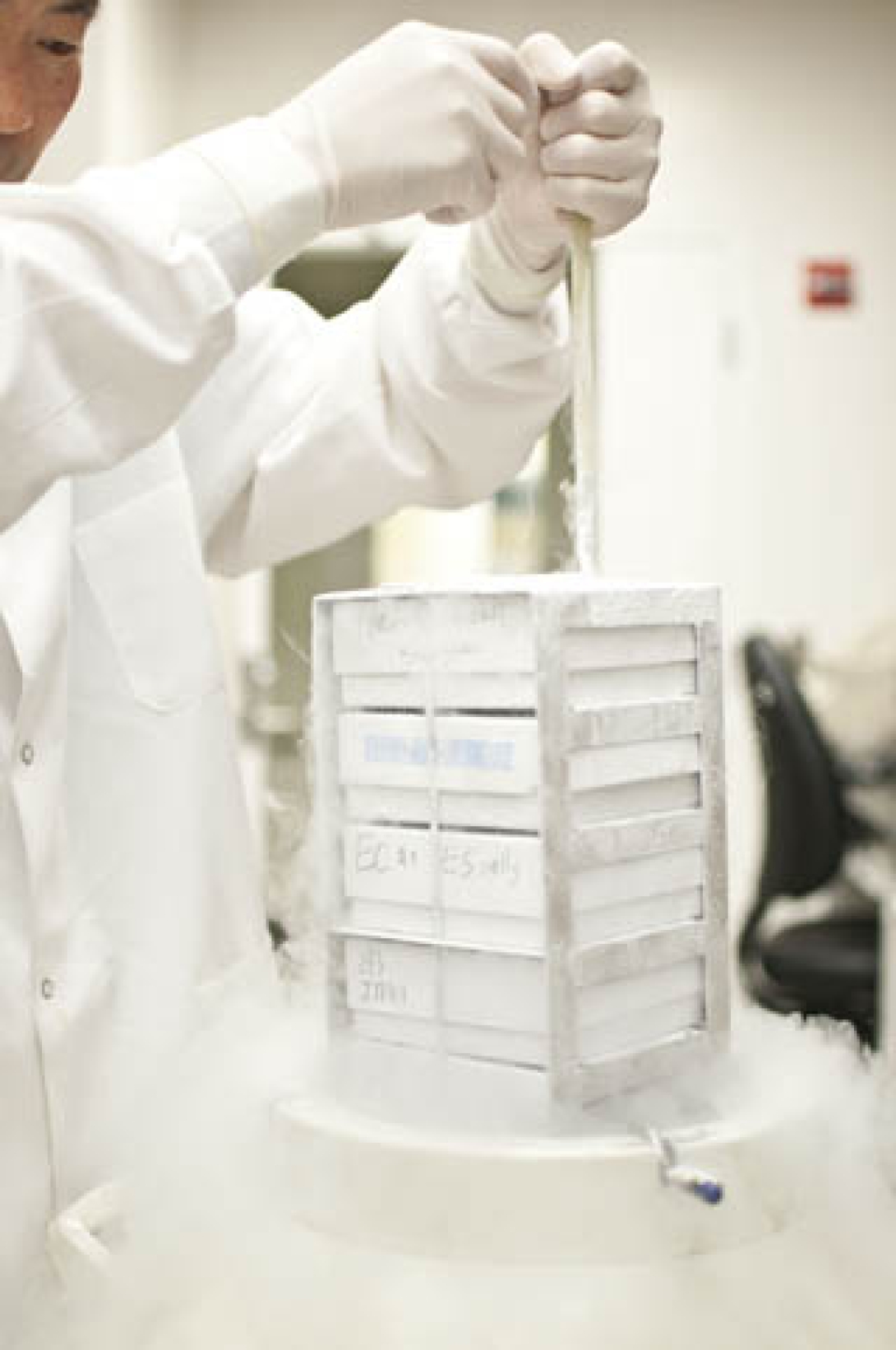
The production cycle is similar to that of knockout models. However, because knock-in requires gene targeting at specific sequences, sometimes at a specific base pair, we cannot guarantee the production of a knock-in animal model.
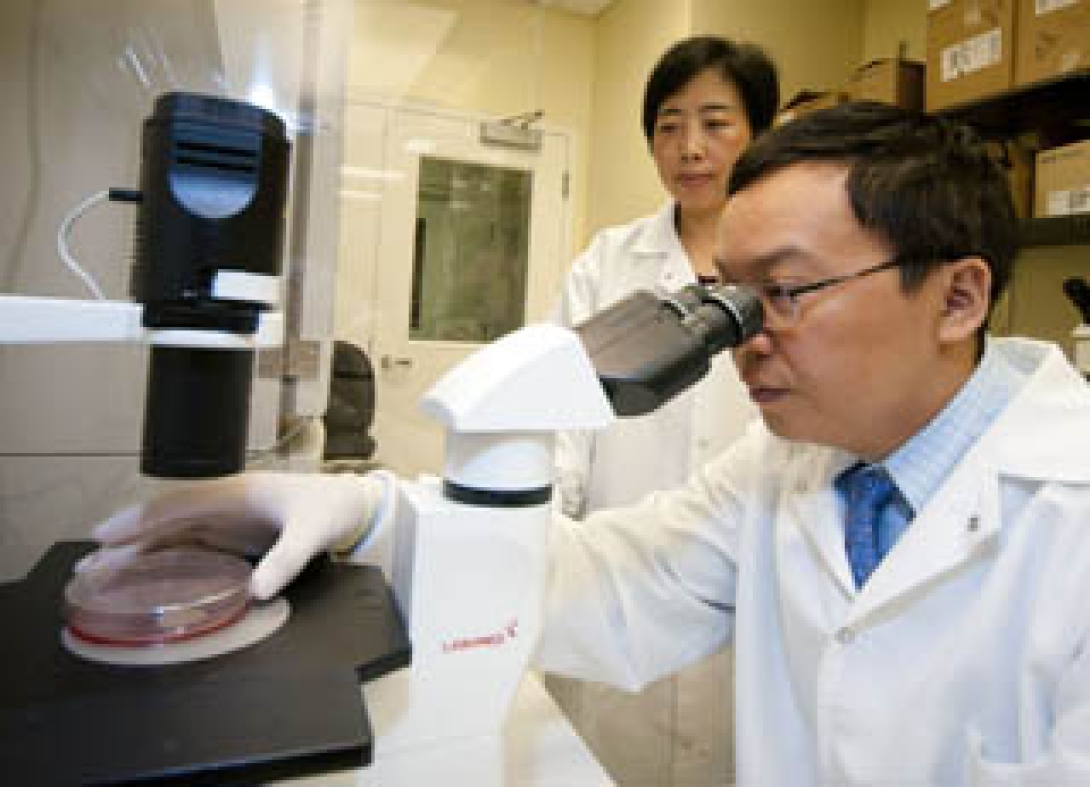
We offer a conventional DNA microinjection method to produce transgenic rabbits and pigs. This includes overexpression of a transgene, knock-down through RNAi, tissue specific expression, and others. The production cycle is similar to that of knockout animal production.
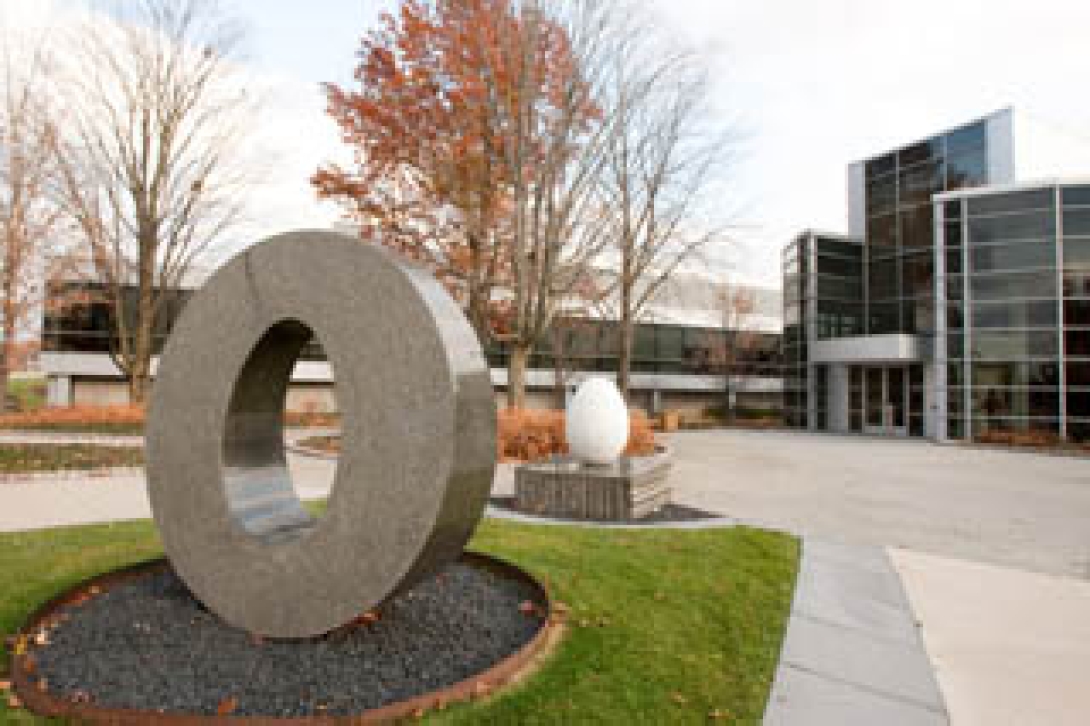
CAMTraST is located in U-M’s North Campus Research Complex, a nearly 2 million-square-foot facility previously owned by Pfizer, Inc.
The complex provides crucial scientific core facilities, combined with an environment designed to foster transdisciplinary collaboration and innovation.
There are nine shared core research facilities for scientists’ use:
- Imaging Core
- Bioinformatics Analysis Core
- Biomedical Research Store
- DNA Sequencing Core
- Flow Cytometry Core
- Microscopy & Image Analysis Laboratory
- Unit for Laboratory Animal Medicine (ULAM)
- Animal Phenotyping Core
- Electron Microbeam Analysis Laboratory
CAMTraST has about 2,800 square feet of designated laboratory space and unrestricted use of 1,800 square feet of adjacent core facilities.
The University is committed to the humane and ethical treatment of research animals. At CAMTraST, animal husbandry is provided by ULAM staff under the guidance of supervisors who are certified as Animal Technologists by the American Association for Laboratory Animal Science. Veterinary care is provided by ULAM faculty members and veterinary technicians accredited by the American College of Laboratory Animal Medicine (ACLAM).
U-M is fully accredited by the American Association of Accreditation of Laboratory Animal Care (AAALAC), and the animal care and use program conforms to the standards in "The Guide for the Care and Use of Laboratory Animals," DHEW publ. No. (NIH) 78-23.
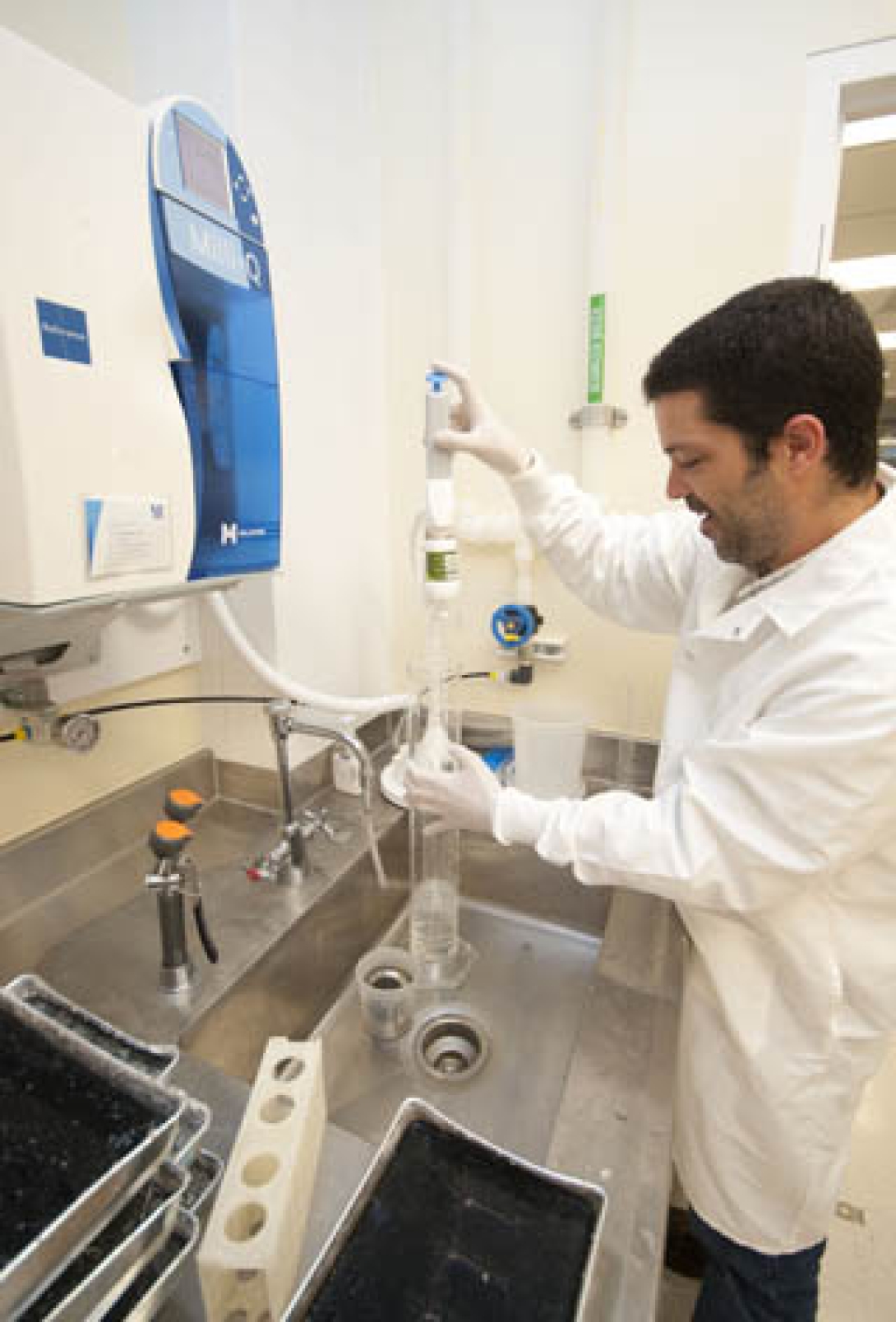
A major bottleneck in much human disease research and drug development is the lack of larger animal models that more accurately simulate human disease in the pre-clinical stages.
For example, although the study of the cardiovascular system has benefited significantly from the use of gene-targeted and transgenic mouse models, small rodents do not accurately reflect human cardiovascular physiology.
To generate more appropriate and useful animal models for better mimicking the human cardiovascular system, it’s beneficial to explore larger mammalian models for CVD.
Rabbits and pigs are good models for CVD research because their cardiovascular systems are similar to those of humans.
However, the use of large animal models has been hindered by a lack of availability of embryonic stem cell lines. These lines are highly amenable to genetic manipulation to create necessary research models.
Because of the compelling need to address this hurdle in biomedical research and drug development, we have built a research team with leading expertise in producing gene-targeted (knockout and knockin) and transgenic rabbits and pigs as model animals.
Currently, successful production of gene-targeted rabbits and pigs has been achieved only by a small group of researchers around the world, including the scientists at CAMTraST.
We are committed to maintaining this leadership position through innovation and collaboration.
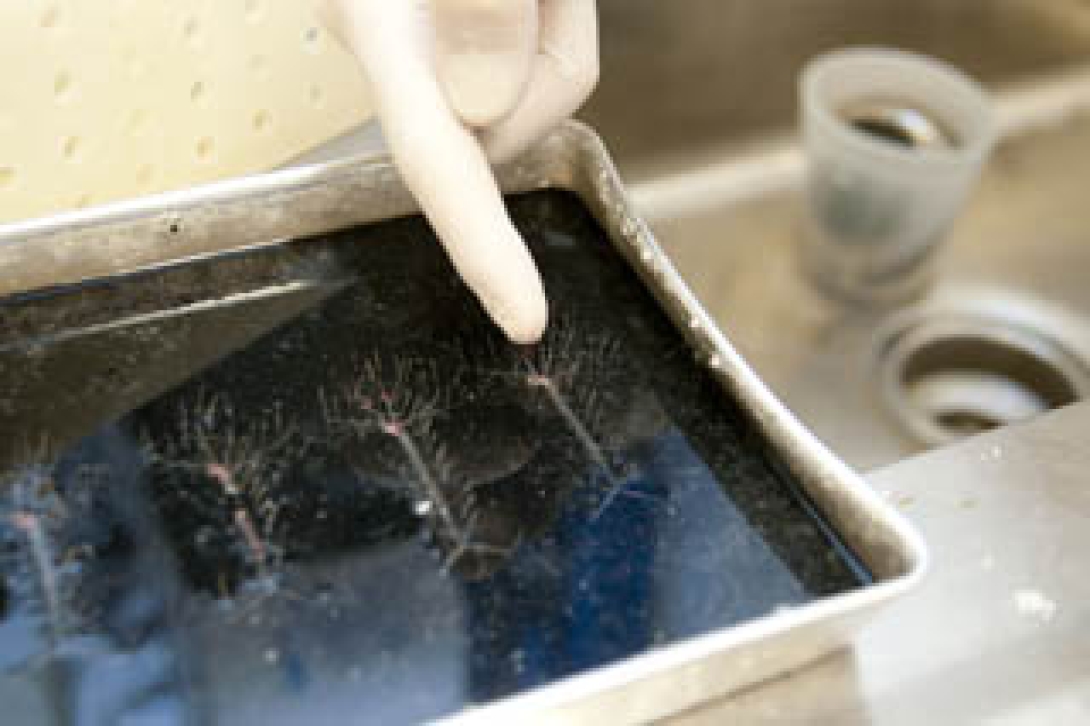
Rabbits and pigs have unique advantages as animal models for biomedical research.
The rabbit has a short gestation period (30-31 days) and large litter size (4-12 per litter), and can be housed conveniently in an indoor facility.
Adult rabbits (2-5 kg, depending on breed) are closer in weight and size to humans than are smaller animals, allowing technology and equipment developed for humans to be easily tested.
Compared to mice, rabbits are also phylogenetically closer to humans. Because of the anatomical, physiological, genetic and biochemical similarities between the rabbit and the human, this species is preferentially used in pulmonary, cardiovascular and metabolic studies. These include:
- Airway obstructive disease
- Embolic stroke
- Arteriosclerosis
- Cholera
- Cystic fibrosis
- Neoplasia
- Diabetes
- Acute respiratory distress syndrome
- Malignant lymphoma
- Acquired immunodeficiency syndrome
- Hypercalcemia of malignancy
The rabbit is used for drug screening, antibody production and therapeutic proteins production.
The pig is an important agricultural and biomedical species. Pigs are considered by many as the “second to mouse” animal species for the study of human physiology.
Known to have physiological and anatomical similarities with humans, pigs are more suitable experimental models than rodents for studying many human diseases. They are also potential donors for xenotransplantation, and they are valuable models for regenerative medicine.
Lipitor is a member of the drug class known as statins, used for lowering blood cholesterol. It's considered one of the most successful drugs ever developed in the modern medical era.
Sales of Lipitor have exceeded $125 billion since the drug's approval in 1996, and have stayed near the top of best-selling drug list for nearly a decade. Because of the use of Lipitor and other similar statin drugs, the events of cardiovascular diseases (CVD) in the nation have dropped by approximately one-third.
The development of statin drugs is indebted to rabbits. Lipitor and other statins work by inhibiting HMG-CoA reductase, an enzyme in the LDL receptor pathway that's found in liver tissue and plays a key role in the production of cholesterol in the body.
In the 1970s, when genetically engineered mice were not yet available, a breed of rabbits named WHHL rabbits were used by Goldstein and Brown, and helped them to prove the LDL receptor pathway hypothesis. Goldstein and Brown were awarded the Nobel Prize in 1985 for “their discoveries concerning the regulation of cholesterol metabolism.” In their Award Lecture, rabbits were mentioned and specially acknowledged.
Interestingly, statins that are effective at lowering cholesterol in humans do not necessarily do so in the established ApoE−/− and LDLR−/− mouse models. Therefore, if the early studies of statins had used only mouse models, we may have had to wait years before this blockbuster drug was discovered.
Now, 30 years after Lipitor, we're still waiting for the next equally successful blockbuster drug to further reduce the risks of CVD, which is the No. 1 cause of death in the United States.
Our researchers and many others are concerned that relying primarily on mouse models whose hearts differ greatly from humans’ may have impeded the discovery process. Therefore, we advocate for the use of rabbit models and/or other more relevant models for translational studies.
Sepsis is a potentially fatal whole-body inflammation caused by severe infection. It's the leading cause of death in ICUs, and causes millions of deaths globally each year. In the United States, sepsis affects approximately 3 in 1,000 people, and severe sepsis contributes to more than 200,000 deaths per year.
One frustrating fact is that every one of nearly 150 sepsis drugs that went to clinical trials in the past twenty years has failed. The reasons are multifaceted. However, we cannot ignore the fact that all these trials were based on initial encouraging results observed in mice.
In February 2013, an article published in the Proceedings of the National Academy of Sciences reported that “among genes changed significantly in humans, the murine orthologs are close to random in matching their human counterparts.” In other words, there is no correlation between the sepsis responses at the gene expression level between mouse and human.
This finding is surprising to many, but points out a possible explanation to the consistent failures: Scientists may have been using the wrong model. According to The New York Times, “as a result, years and billions of dollars have been wasted following false leads ...”
Sepsis is not alone in this case. It's also been reported that mouse models are defective in mimicking other human diseases — for example, atherosclerosis, diabetes, and AIDS.
If the availability of genetically engineered mice but not other mammalian species positions mice as the primary animal model species, many believe it's time to revisit this. In recognition of mouse models' repeated failures in sepsis and other drug development, our researchers are embracing the emerging powerful gene targeting technologies to develop novel non-murine models.